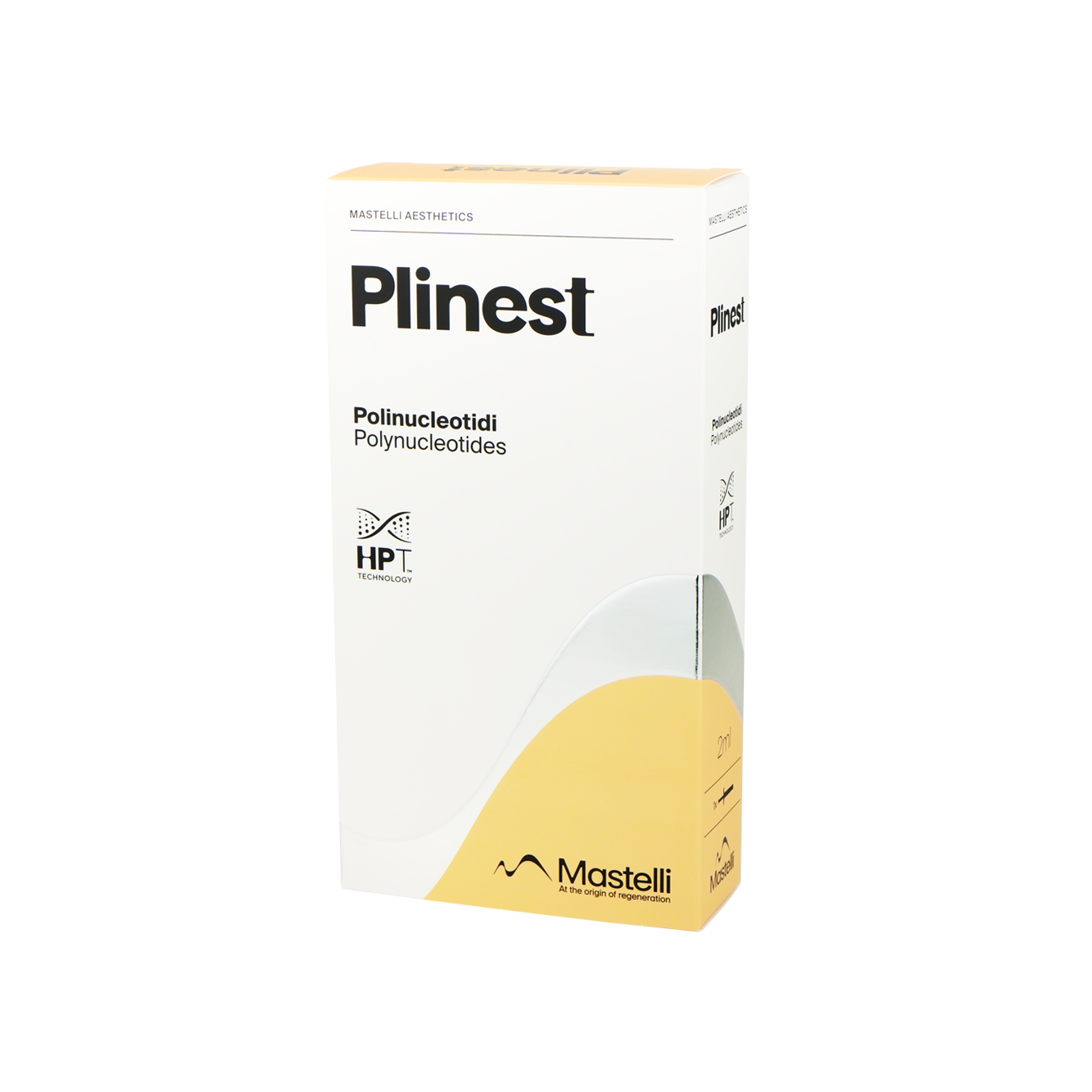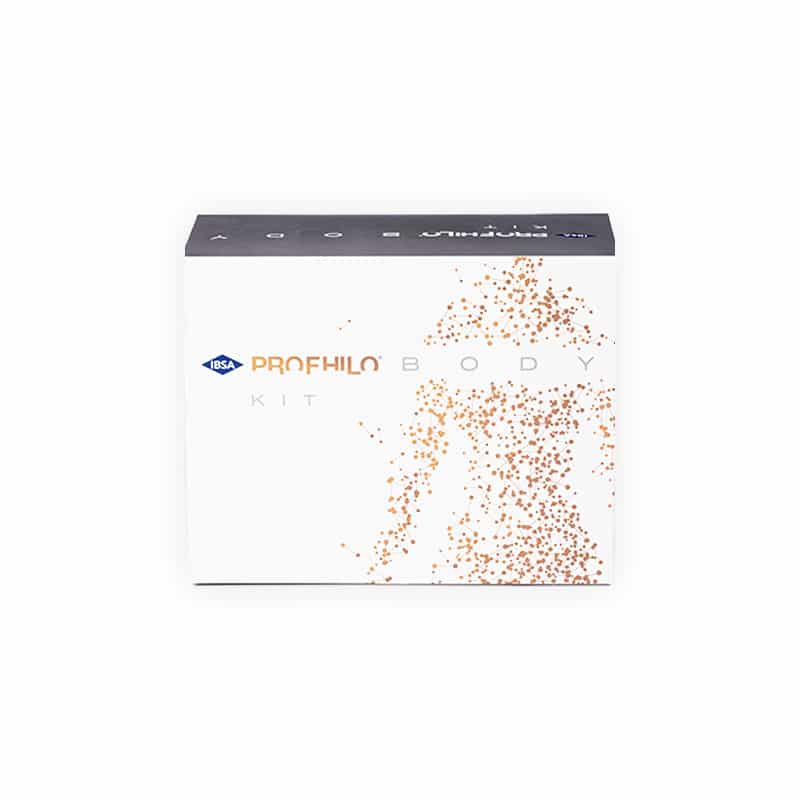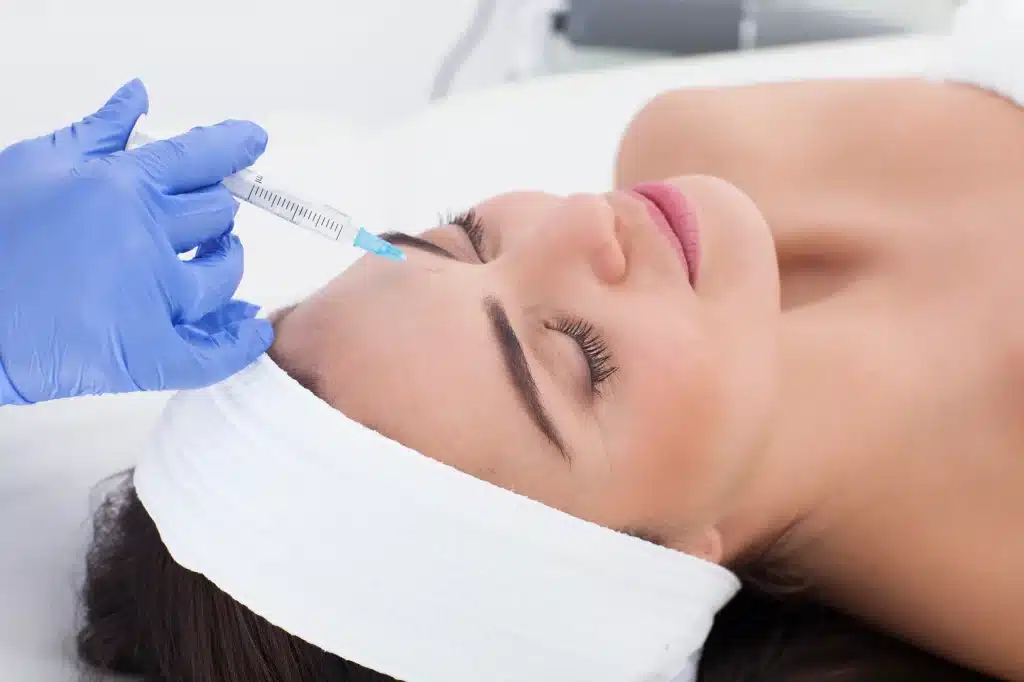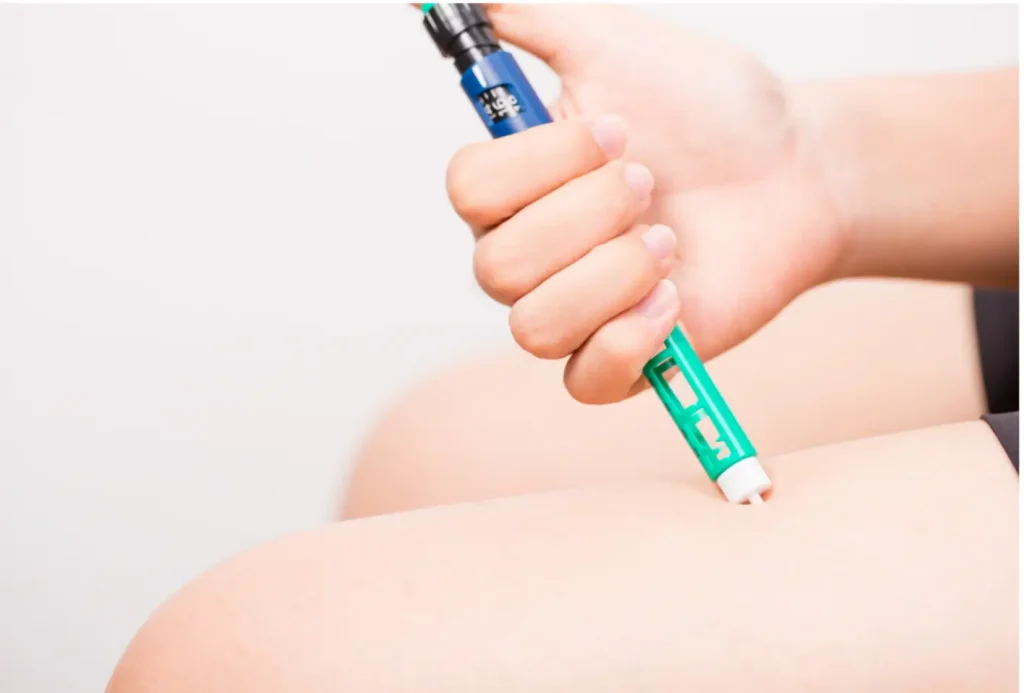As the skin ages, collagen, the protein responsible for maintaining its structure and elasticity, naturally diminishes by approximately 1% per year after the age of 20. This gradual decline results in a noticeable loss of firmness, the formation of fine lines, and an overall dull appearance. While creams and serums can offer temporary improvements, injectable treatments go deeper, stimulating collagen production for longer-lasting, visible skin rejuvenation.
Among the top injectable treatments available today, Plinest and Profhilo stand out as effective options for enhancing skin quality. While both treatments aim to address aging concerns, their mechanisms differ significantly. Plinest promotes cellular regeneration, while Profhilo focuses on enhancing hydration and remodeling the skin’s structure. Understanding these distinctions can help both patients and practitioners select the most suitable treatment based on specific skin needs and aesthetic goals.
This article will explore the key differences between Plinest and Profhilo, offering insights into how each treatment works and which one is best suited for particular skin concerns.
Key Takeaways
- Plinest and Profhilo are injectable treatments designed to improve skin quality but differ in their mechanisms. Plinest focuses on collagen regeneration, while Profhilo enhances hydration and skin elasticity.
- Plinest is ideal for skin rejuvenation, targeting acne scars, skin laxity, and fine lines. Profhilo is best for hydrating and restoring radiance to dull, dehydrated skin, making it perfect for subtle rejuvenation.
- Treatment protocols vary: Plinest requires 3 to 5 sessions spaced 2 to 3 weeks apart, while Profhilo typically requires 2 sessions spaced 1 month apart.
- Both treatments have mild side effects, including redness, swelling, and bruising. However, Profhilo tends to have quicker results, while Plinest offers more gradual improvements.
- Plinest lasts up to 12 months, while Profhilo results typically last 6 to 9 months. Both treatments are non-surgical and have minimal downtime.
- Personalized consultations are crucial to select the best treatment, as each treatment addresses different skin concerns and provides different types of rejuvenation.
About: Medical Spa RX provides medical practices with premium products at the best prices. If you’re looking to buy Plinest online for your practice, the sales representatives at Medical Spa RX can give you guidance.
Comparative Mechanisms of Action: Plinest and Profhilo
Understanding the core differences between Plinest and Profhilo can significantly influence treatment selection. Mastelli’s Plinest is a polynucleotide-based injectable that works by stimulating fibroblast activity, which, in turn, promotes collagen and elastin production. This regenerative approach improves the skin’s structure and elasticity over time, particularly for patients who need targeted tissue repair and long-term skin regeneration.
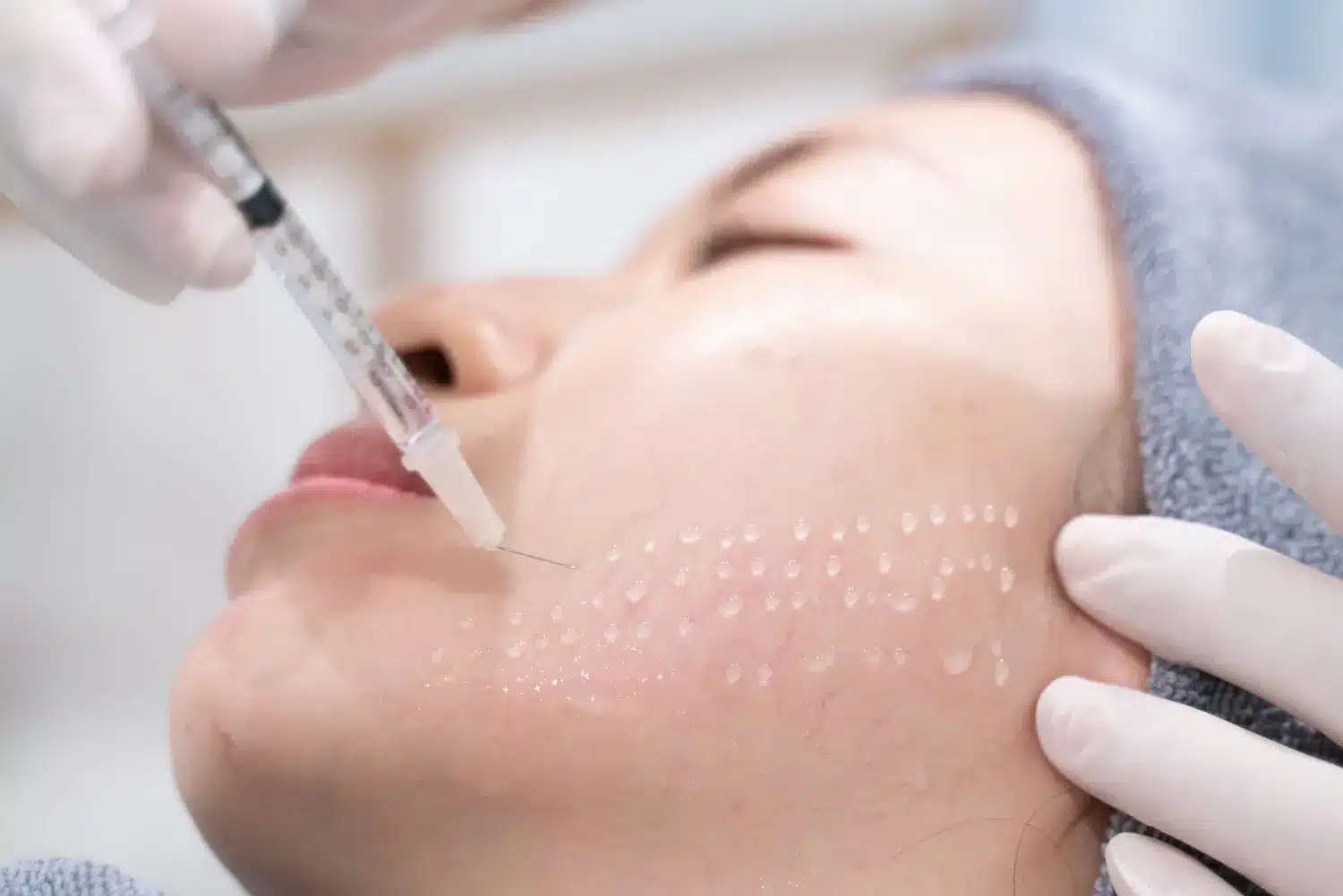
In contrast, Profhilo is based on highly purified hyaluronic acid, which doesn’t act like traditional fillers. Instead, it spreads across the skin, attracting water to deeply hydrate and support skin remodeling. Profhilo also stimulates four types of collagen and elastin, making it ideal for patients who need overall skin rejuvenation. While both treatments help stimulate collagen, Plinest focuses more on regeneration and skin restructuring, whereas Profhilo offers hydration and improves skin elasticity.
Clinical Indications and Treatment Areas for Plinest and Profhilo
Both Plinest and Profhilo are designed to address various skin concerns, but their applications differ due to their unique mechanisms of action. Plinest is particularly effective in treating conditions that require structural improvement and collagen stimulation. Some of its primary uses include:
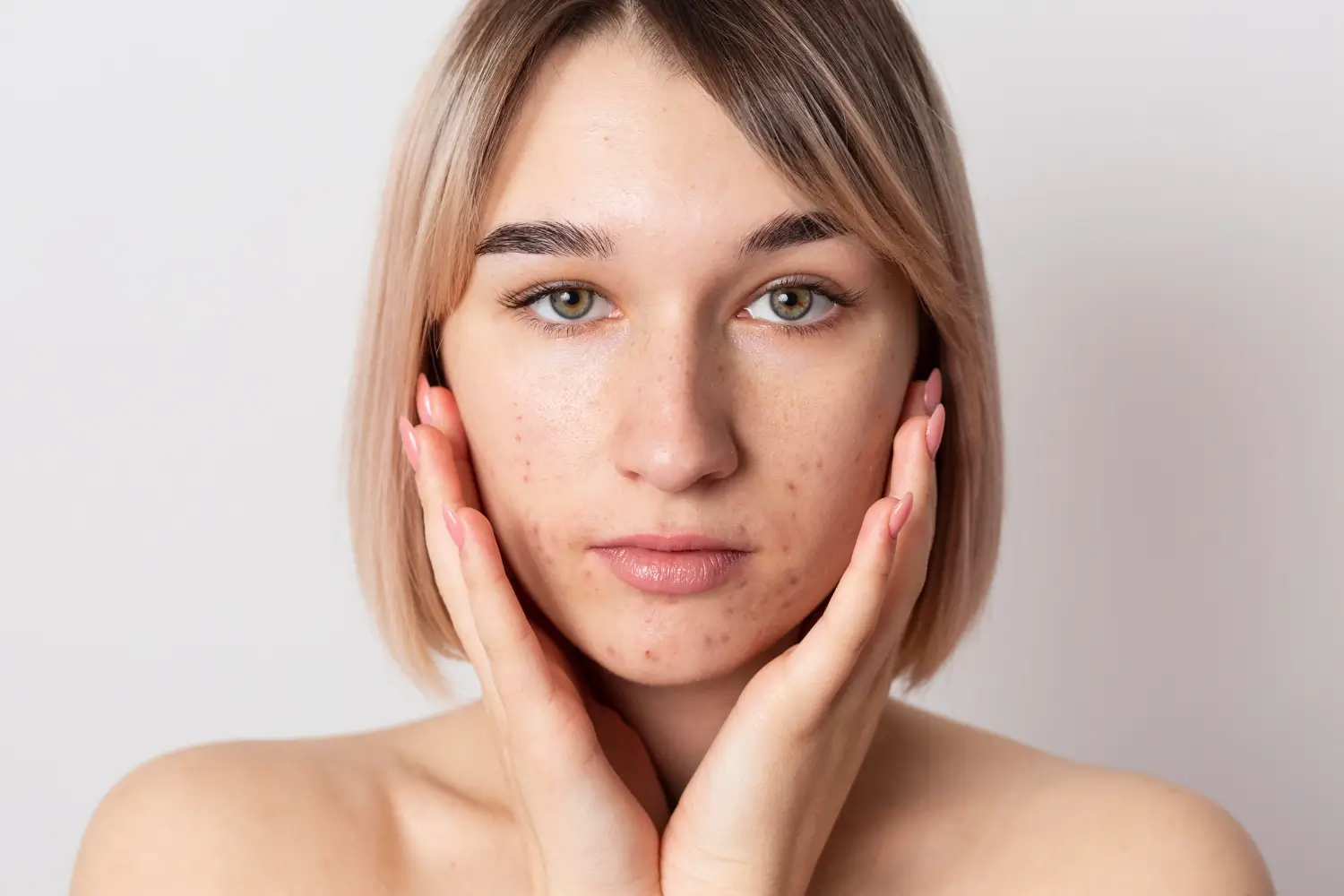
- Acne Scarring: Plinest helps repair damaged tissue, improving skin texture and tone.
- Open or Enlarged Pores: It enhances skin smoothness and firmness.
- Skin Laxity in Delicate Areas (such as the face, neck, and décolletage): It firms and tightens the skin.
- Post-inflammatory Hyperpigmentation: It can help lighten dark spots and even out skin tone.
- Under-eye Darkness and Fine Lines: It provides hydration and supports collagen production, improving the delicate skin under the eyes.
On the other hand, Profhilo works best for patients seeking overall skin rejuvenation, particularly when the goal is to enhance hydration, elasticity, and skin tone. Profhilo is ideal for treating:
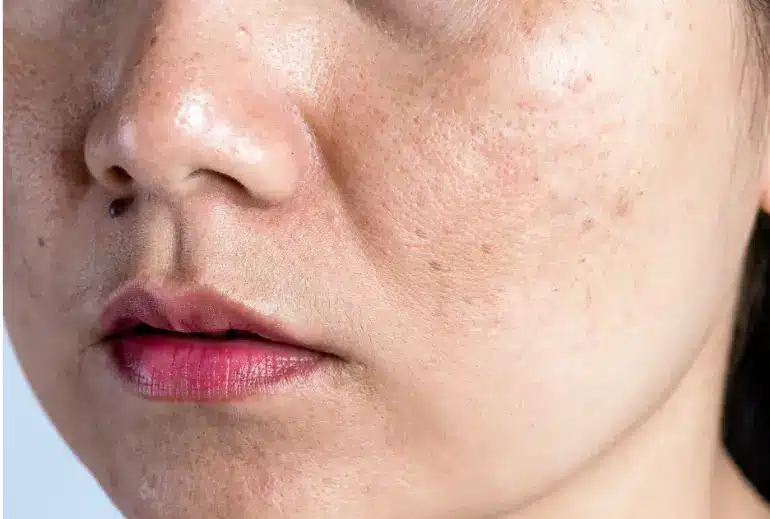
- Dull, Dehydrated Skin: It offers a quick boost of hydration.
- Fine Lines and Crepey Texture: It firms and revitalizes skin with minimal downtime.
- Mild Skin Laxity (such as along the jawline, cheeks, neck, or hands): It improves overall texture and tone.
- Loss of Radiance or Firmness: It adds a natural glow and improves skin tightness.
Profhilo is often recommended for patients in their 30s and beyond who are looking for subtle rejuvenation and enhanced skin quality, without focusing on targeted correction.
Treatment Protocols and Patient Experience
The treatment protocols for Plinest and Profhilo differ slightly, as each is tailored to different skin concerns and desired results.
- Plinest: Typically requires three to five sessions. Multiple microinjections are made in the targeted areas. After the initial sessions, some patients may require maintenance treatments every 6 to 9 months to maintain results. Side effects are generally mild, such as redness, swelling, or minor bruising, which resolve within a couple of days.
- Profhilo: Follows a two-session protocol, spaced one month apart. Injections are made at five strategic points per side of the face using the Bio Aesthetic Points (BAP) technique. Side effects are minimal, with most patients experiencing only brief swelling or tenderness at the injection sites. Most patients notice visible skin radiance and improvement within a week of treatment.
Both treatments have minimal downtime, and patients typically return to their regular activities right after their sessions. However, the results of Profhilo tend to be more immediate, while Plinest offers gradual, longer-lasting improvements.
Efficacy, Duration, and Safety Profiles
Each treatment has a unique efficacy profile, and understanding the duration of results is key to selecting the most appropriate option.
Plinest
- Treatment Effectiveness: Plinest gradually improves by stimulating the skin’s natural regenerative processes. Patients typically notice enhanced tone, texture, and elasticity over several weeks.
- Duration of Result: Results can last up to 12 months, especially with maintenance treatments. It’s ideal for patients seeking long-term skin restructuring.
- Safety Profile: Plinest is well-tolerated and safe for sensitive skin. Its polynucleotide-based formula is biocompatible, resulting in a very low incidence of adverse reactions.
Profhilo
- Treatment Effectiveness: Profhilo provides faster, more visible results due to its profound hydration effects. Most patients see improvements in skin firmness and glow within a few days to weeks.
- Duration of Results: Results typically last 6 to 9 months, varying with age, skin condition, and lifestyle habits.
- Safety Profile: Profhilo has a strong safety record with minimal reported side effects. Its use of ultrapure hyaluronic acid contributes to excellent patient tolerance.
Both treatments have a strong safety profile, with Plinest being well-tolerated by sensitive skin due to its biocompatible formula. Profhilo also boasts a minimal risk of side effects, thanks to its ultrapure hyaluronic acid base.
Conclusion
When deciding between Plinest and Profhilo, it is important to consider individual goals and skin needs. Plinest is an ideal option for patients seeking collagen stimulation and skin regeneration, particularly for treating skin laxity, scarring, and signs of aging. Profhilo, on the other hand, is perfect for those who require hydration and general skin rejuvenation. Both treatments offer effective non-surgical alternatives to traditional anti-aging solutions.
A professional consultation is essential to determine the most suitable treatment approach, taking into account factors like skin condition, age, and aesthetic goals. Both Plinest and Profhilo offer long-lasting results with minimal downtime, making them ideal choices for those seeking a more youthful, refreshed appearance.
FAQs
1. What is Plinest made from?
Plinest is made from polynucleotides, purified DNA fragments derived from salmon, known for their regenerative properties.
2. How many sessions of Plinest are needed?
Typically, 3 to 5 sessions spaced 2–3 weeks apart are recommended for optimal results.
3. Is Plinest safe for sensitive skin?
Yes, it’s suitable for all skin types, including sensitive skin, due to its biocompatibility and minimal allergenic potential.
4. What skin issues does Plinest address?
Plinest treats acne scars, large pores, fine lines, skin laxity, and post-inflammatory pigmentation.
5. Does Plinest have downtime?
There’s minimal downtime. Patients may experience mild redness or swelling that resolves within 24–48 hours.
6. How long do Plinest results last?
Results may last up to 12 months or longer, primarily during maintenance sessions.
7. Can Plinest be combined with other treatments?
Yes, it can complement treatments like microneedling, lasers, or other injectables for enhanced results.
References
Reilly DM, Lozano J. Skin collagen through the lifestages: importance for skin health and beauty. Plastic and Aesthetic Research. 2021;8:2. doi:10.20517/2347-9264.2020.153
Rho NK, Han KH, Cho M, Kim HS. A survey on the cosmetic use of injectable polynucleotide: The pattern of practice among Korean Dermatologists. Journal of Cosmetic Dermatology. 2023;23(4):1243-1252. doi:10.1111/jocd.16125
Lee KWA, Chan KWL, Lee A, et al. Polynucleotides in Aesthetic Medicine: A Review of Current Practices and Perceived Effectiveness. Int J Mol Sci. 2024;25(15):8224. Published 2024 Jul 27. doi:10.3390/ijms25158224
Sparavigna A, Bombelli L, Giori AM, Bellia G. Efficacy and Tolerability of Hybrid Complexes of High- and Low-Molecular-Weight Hyaluronan Intradermal Injections for the Treatment of Skin Roughness and Laxity of the Neck. ScientificWorldJournal. 2022;2022:4497176. Published 2022 Sep 17. doi:10.1155/2022/4497176


